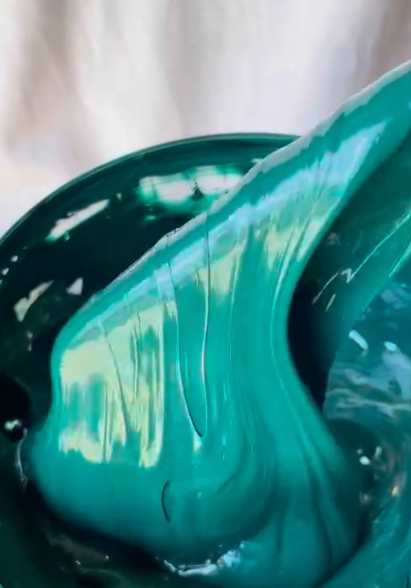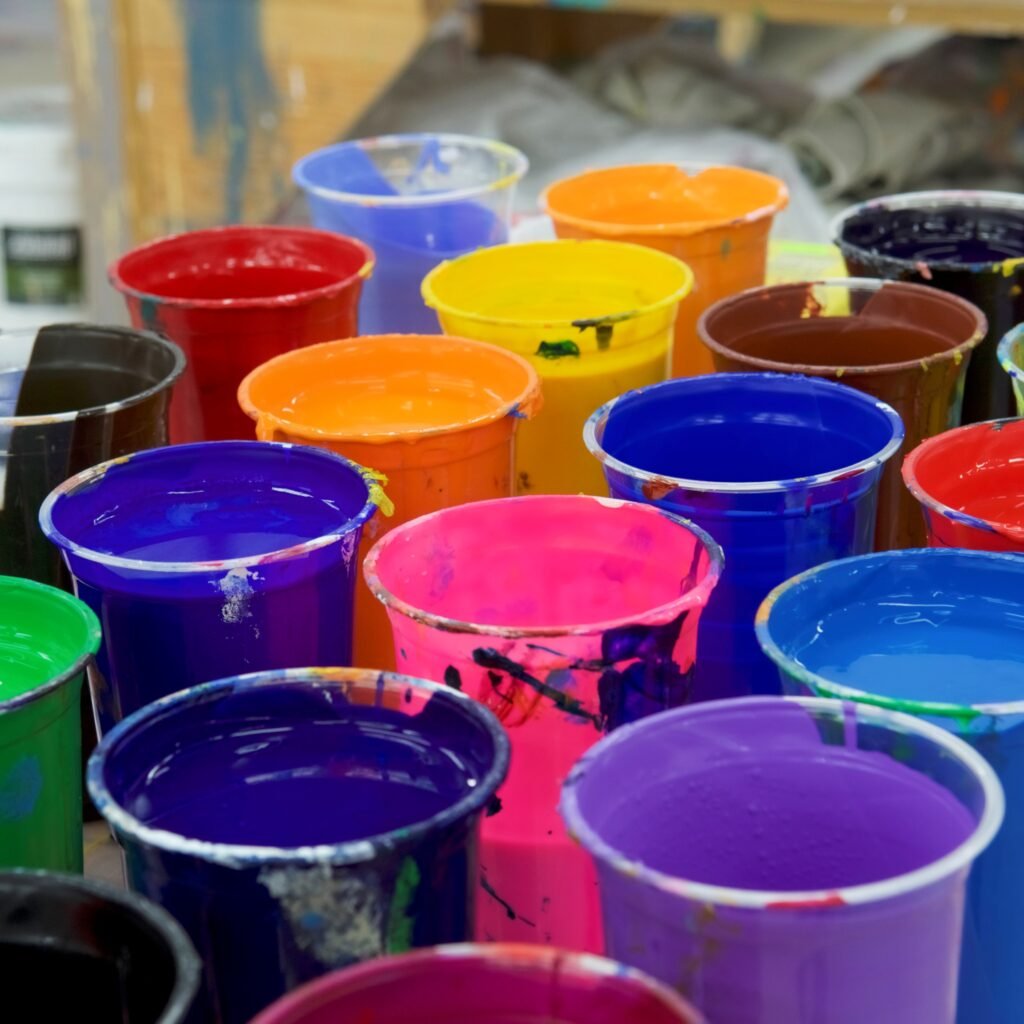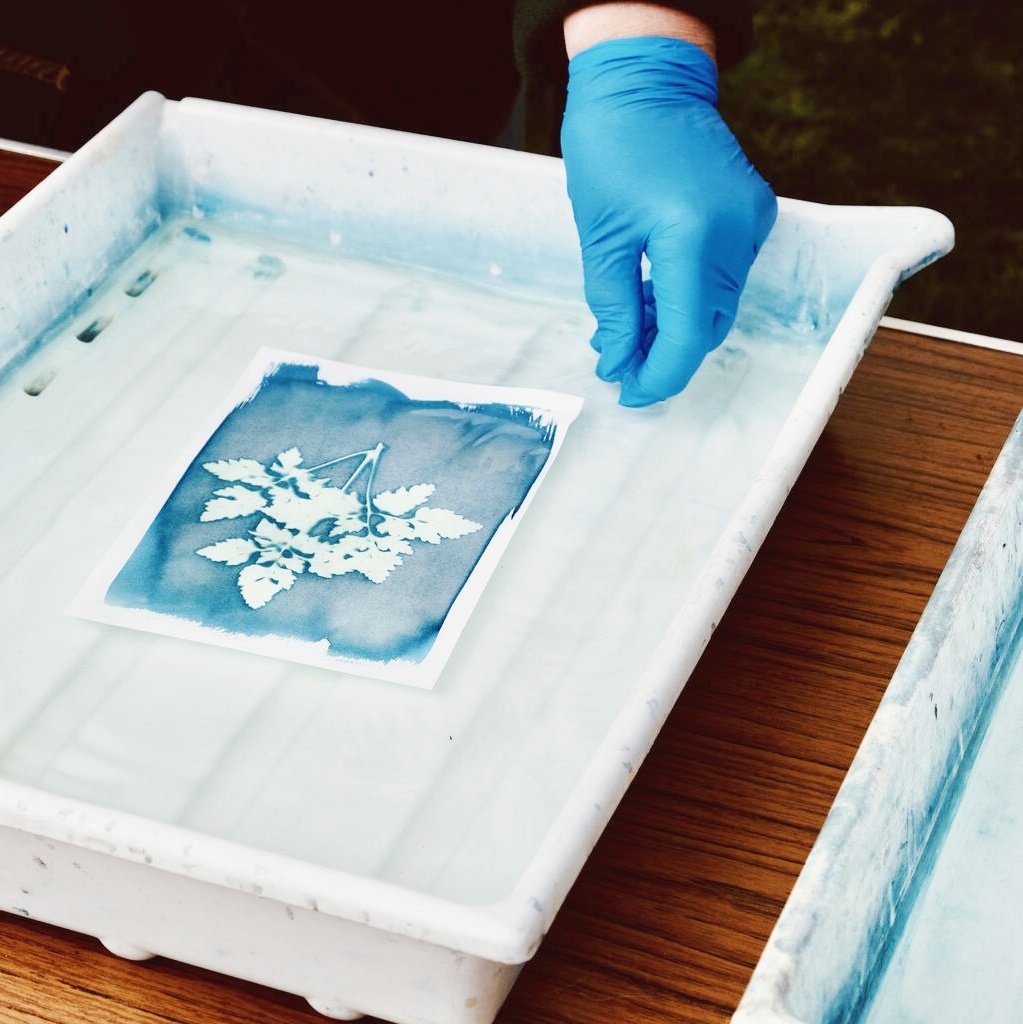ตลาดที่กำลังเติบโตสำหรับหมึกพลาสติซอลที่เป็นมิตรต่อสิ่งแวดล้อม!
Hello everyone! Today we’re going to talk about eco-friendly plastisol ink. This kind of หมึก is becoming more and more popular! Because everyone wants things that are better for the environment.
หมึกพลาสติซอลคืออะไร?
หมึกพลาสติซอล เป็นประเภทหนึ่งของ หมึก ใช้สำหรับ การพิมพ์. It comes in many colors and can be printed on clothes. But, older หมึกพลาสติซอล had some bad stuff in them. Now, with eco-friendly plastisol ink, it’s much better!
- It doesn’t have harmful chemicals.
- It’s better for the Earth.
- It’s also safer to use.

Why is Eco-Friendly Plastisol Ink Becoming More Popular?
There are several reasons:
- People Want Eco-Friendly Products: Many people want to buy things that are good for the environment. So, clothes printed with eco-friendly ink are more popular.
- Companies Want to Be Green: Many big companies want to become more environmentally friendly. Using eco-friendly ink can help them.
- Legal Requirements: Some places have laws that require the use of เป็นมิตรกับสิ่งแวดล้อม materials. So, using eco-friendly ink is also a must.
What New Changes Are Happening in the Market?
- New Materials: Some companies are starting to use new materials to make หมึก. These materials come from plants and are more eco-friendly.
- การรีไซเคิล: Some companies are starting to collect used หมึก and make it into new หมึก. This way, nothing gets wasted.
- Competition from Digital Printing: Digital printing is also getting better. But, พลาสติซอลที่เป็นมิตรกับสิ่งแวดล้อม is still very useful in some areas.
- More Certifications: Now there are many certifications that prove หมึก เป็น เป็นมิตรกับสิ่งแวดล้อม.
What Opportunities Are There?
- Asian Market: Asia has many textile factories, and they need eco-friendly ink.
- Special Uses: หมึกที่เป็นมิตรกับสิ่งแวดล้อม can be used in sportswear and medical supplies.
- Collaboration: Companies can work with environmental organizations to research new หมึก.
- Inform People: Companies need to tell people that their หมึก เป็น เป็นมิตรกับสิ่งแวดล้อม. This way, people will want to buy it.
What Problems Are There?
- Quality Concerns: Some people worry that eco-friendly ink isn’t as good as the old หมึก.
- Price Concerns: หมึกที่เป็นมิตรกับสิ่งแวดล้อม might be a little more expensive.
- Different Laws: Different places have different requirements for eco-friendly ink.
- Fake Green Products: Some companies might say their หมึก เป็น เป็นมิตรกับสิ่งแวดล้อม, but it’s not really true.
What Will Happen in the Future?
ตลาดสำหรับ eco-friendly ink will continue to grow. By 2030, many companies will likely be using eco-friendly ink.
- Technology Will Improve: หมึก will become better to use and more environmentally friendly.
- Policies Will Change: There may be more laws requiring everyone to use eco-friendly ink.
สรุป
ตลาดสำหรับ eco-friendly plastisol ink is growing. Because everyone wants things that are better for the environment. If you start using eco-friendly ink now, you can do better in the future! If you want to know more, click here to learn more about eco-friendly plastisol ink. Find out more about the benefits of eco-friendly inks. Want to see our eco-friendly ink collection?
Frequently Asked Questions
- Is eco-friendly plastisol ink as good as the old หมึก?
- Which industries use eco-friendly ink the most?
- How can small companies afford to use eco-friendly ink?

Data Table
| รายการ | Data/Findings | แหล่งที่มา | ความสำคัญ |
|---|---|---|---|
| Market Size in 2023 | $1.2 billion | Grand View Research [^1] | Baseline for analyzing growth potential |
| Projected CAGR (2023–2030) | 9.8% | Statista | Indicates rapid adoption in textiles/packaging |
| Key Growth Driver | 68% of brands now prioritize sustainable packaging materials | McKinsey & Company (2024 survey) | Links to corporate ESG commitments |
| Regulatory Impact | EU REACH bans 12 chemicals in plastisol (affecting 38% of traditional formulations) | European Chemicals Agency (ECHA) [^2] | Forces industry reformulation |
| เปรียบเทียบราคา | Eco-plastisol costs 15-20% more, but reduces wastewater treatment expenses by 30% | Case study: Sun Chemical’s 2024 pilot project | Addresses ROI concerns for businesses |
| Top Regional Market | Asia-Pacific holds 42% market share (driven by India’s textile exports) | IMARC Group (2025) | Guides geographic expansion strategies |
| Innovation Spotlight | BASF’s bio-based plasticizer reduces VOC emissions by 90% | BASF Sustainability Report 2024 [^3] | Demonstrates technological feasibility |
| ความรู้สึกของผู้บริโภค | 74% of Gen Z buyers pay a premium for eco-labeled apparel | NielsenIQ Global Sustainability Survey (2025) | Validates market demand |
| Case Study: Patagonia | Reduced supply chain emissions by 18% by switching to phthalate-free plastisol | Patagonia 2024 Impact Report | Demonstrates scalability for brands |
| Recycling Efficiency | New closed-loop systems recover 85% of ink waste (vs. 45% with traditional methods) | Ellen MacArthur Foundation pilot with Siegwerk Inks | Highlights circular economy opportunities |
| SME Adoption Rate | Only 22% of small printers use eco-plastisol due to high upfront costs | FESPA Global Print Census (2024) | Identifies underserved market segment |
| Emerging Tech Impact | AI-formulated inks reduce R&D time by 40% (DIC Corporation, 2025) | DIC Corporation press release | Reveals efficiency gains in product development |
Hope this article is helpful to you!



